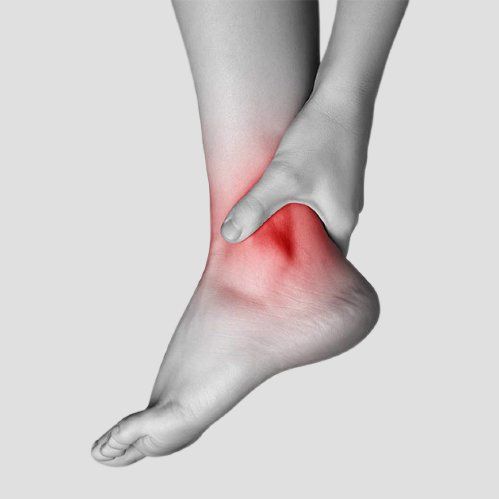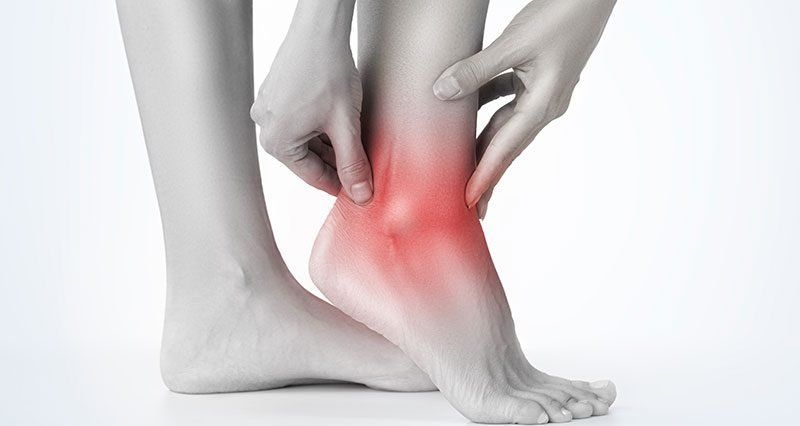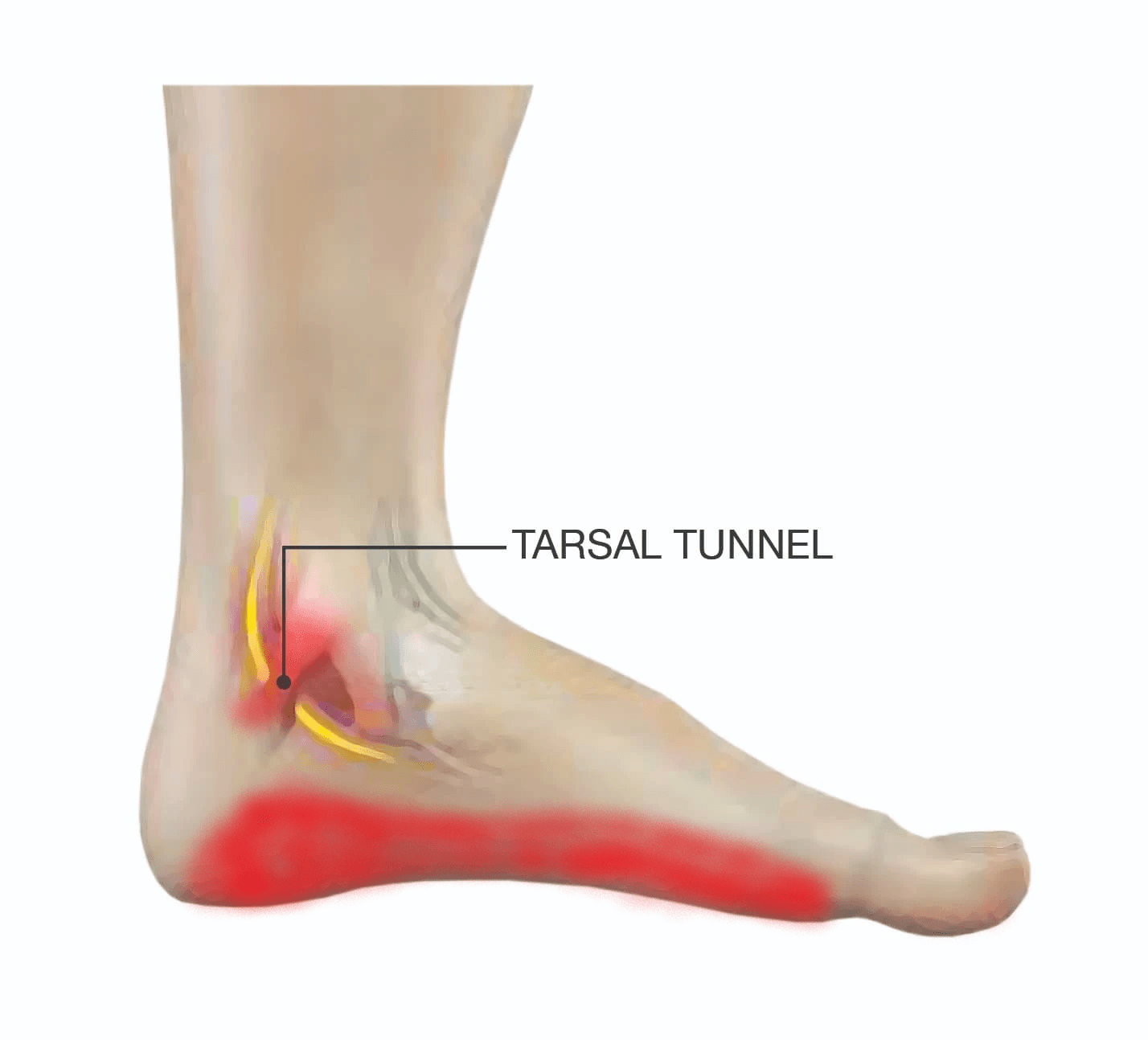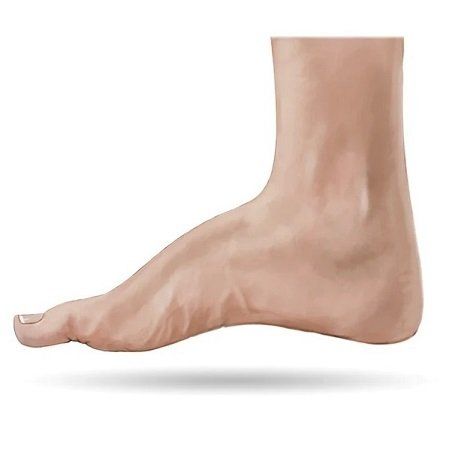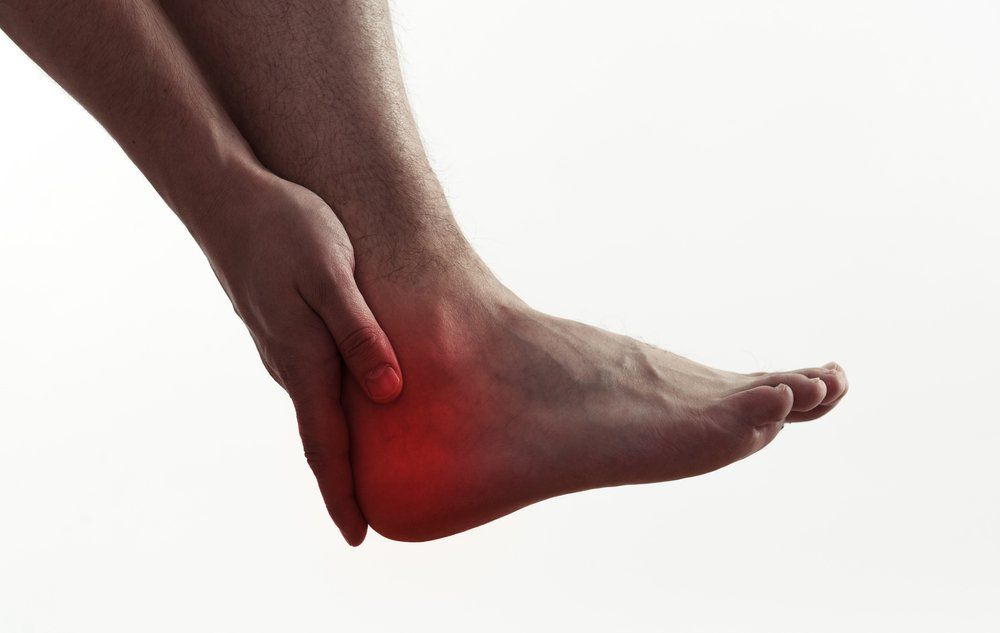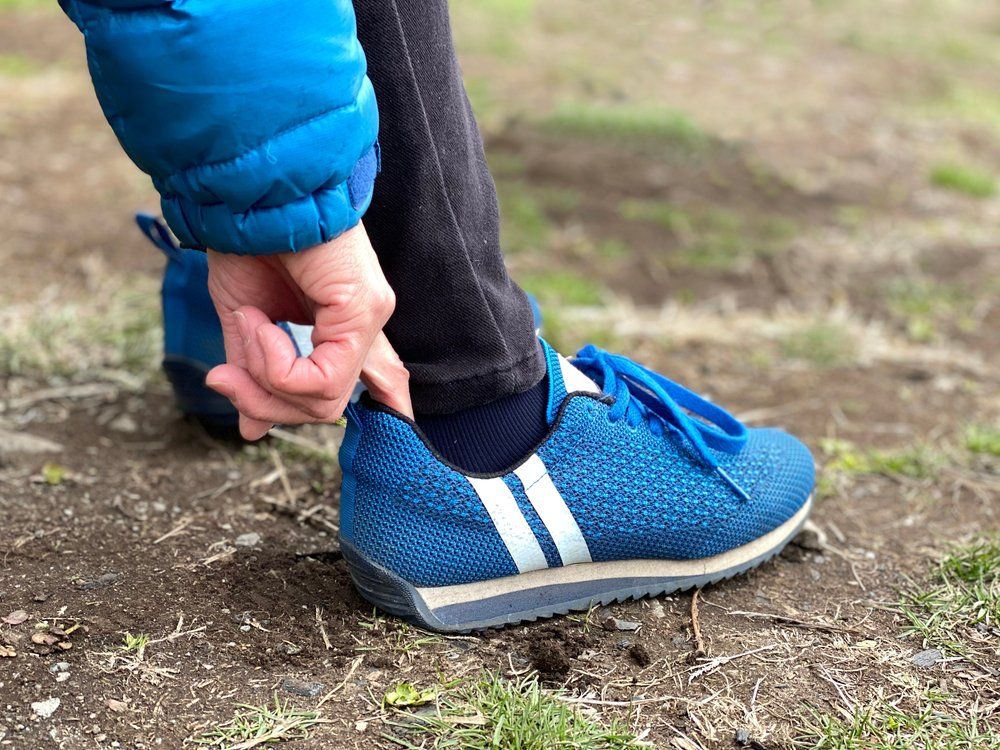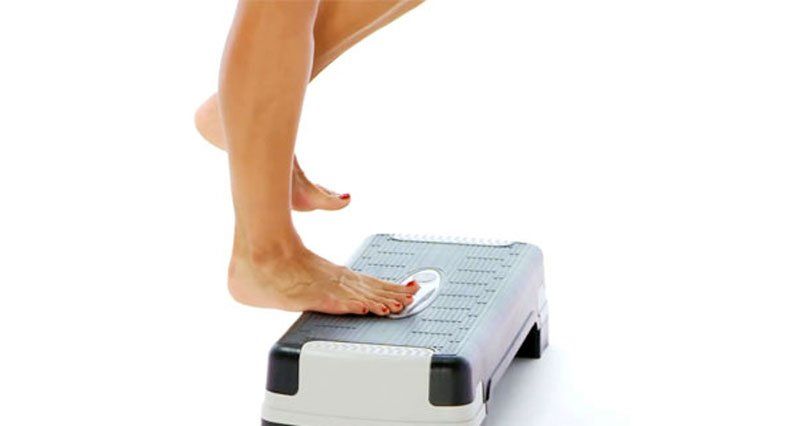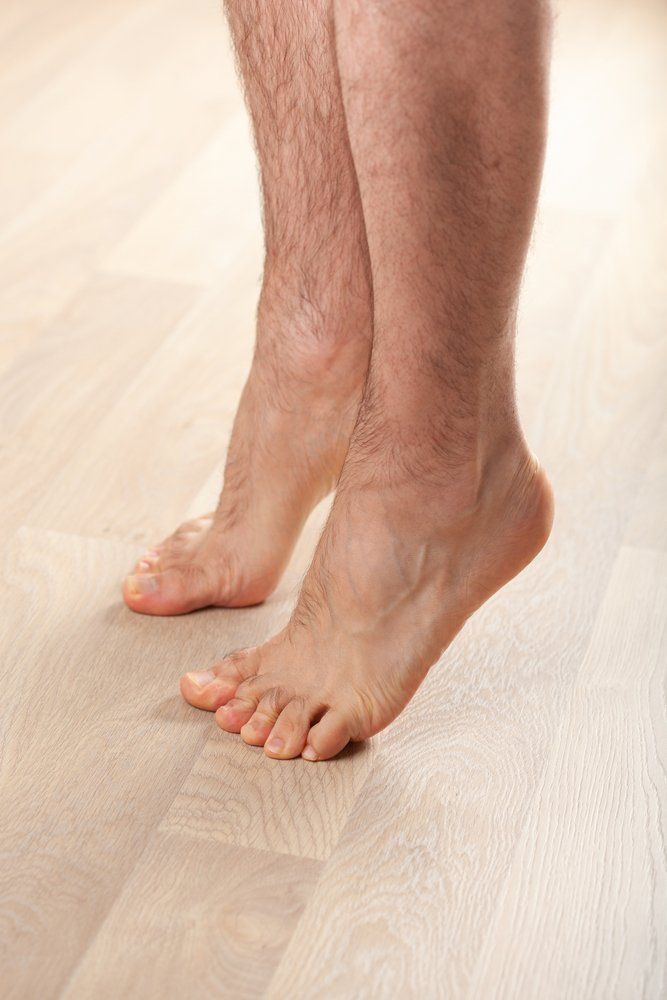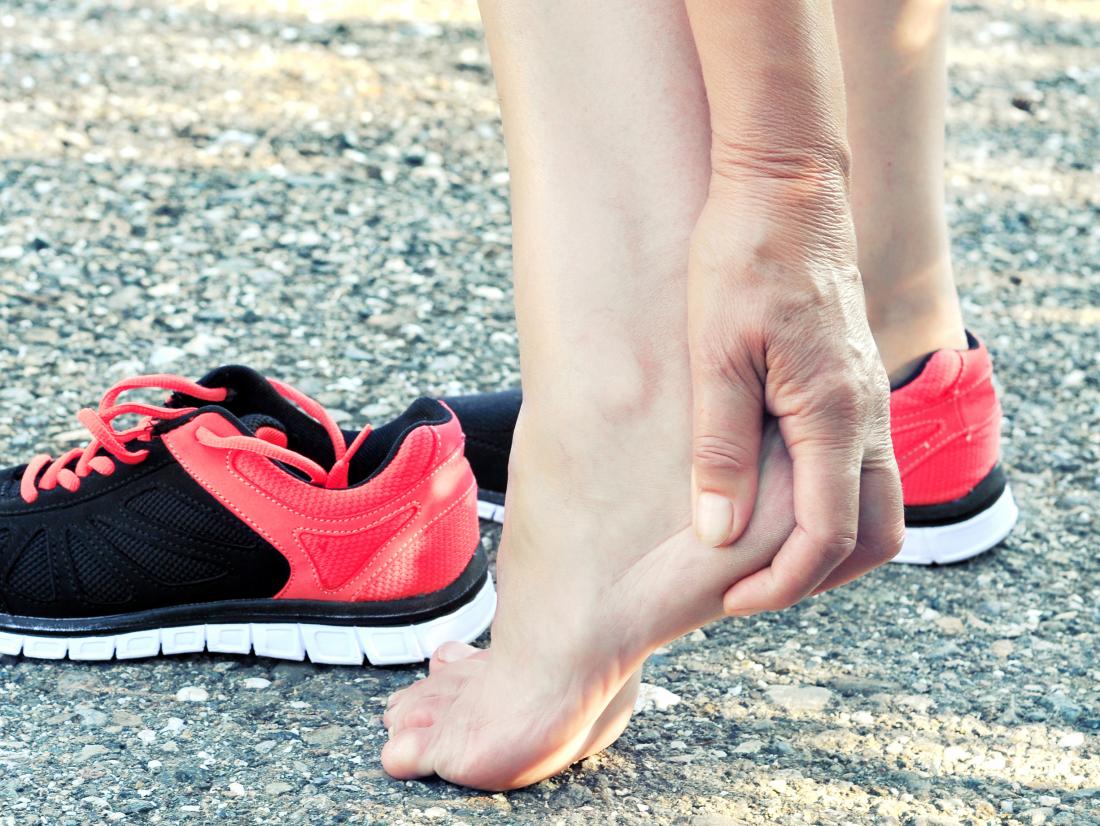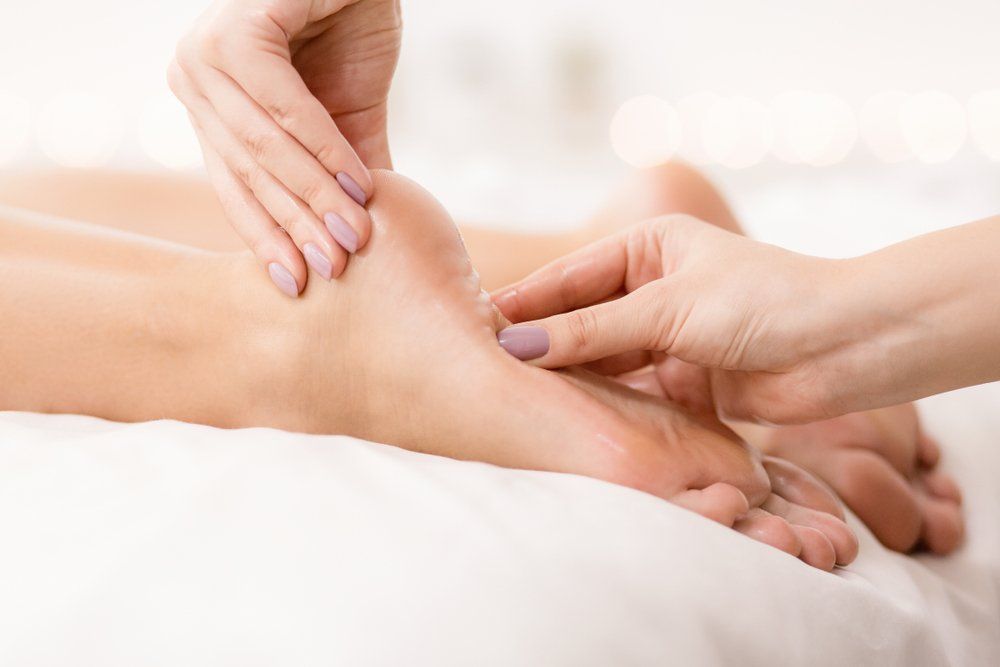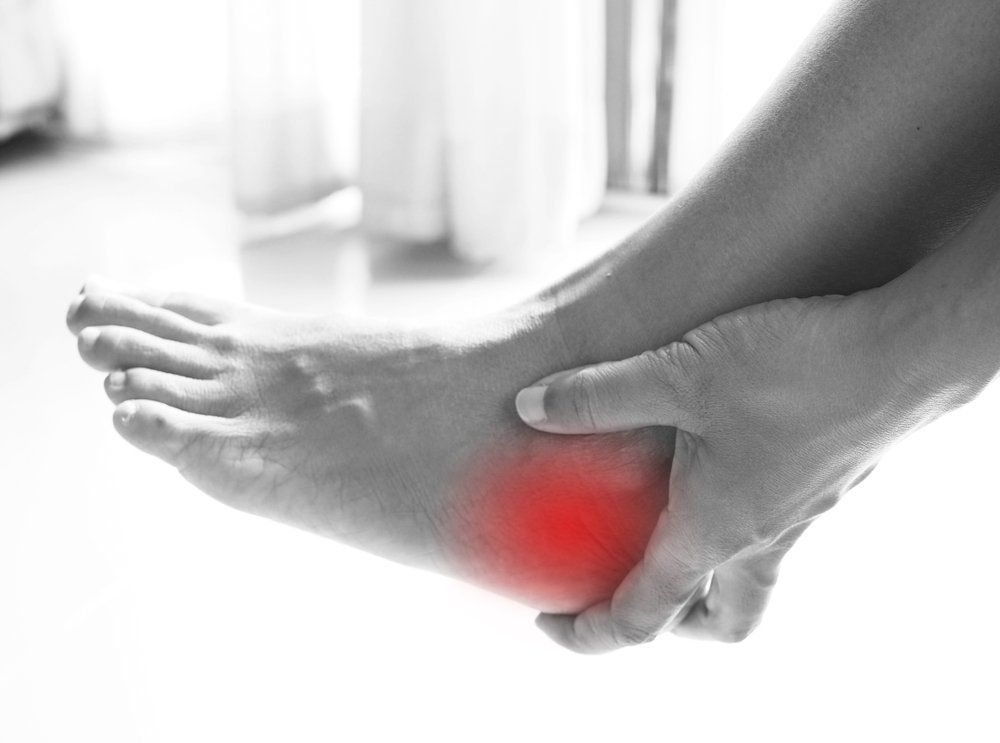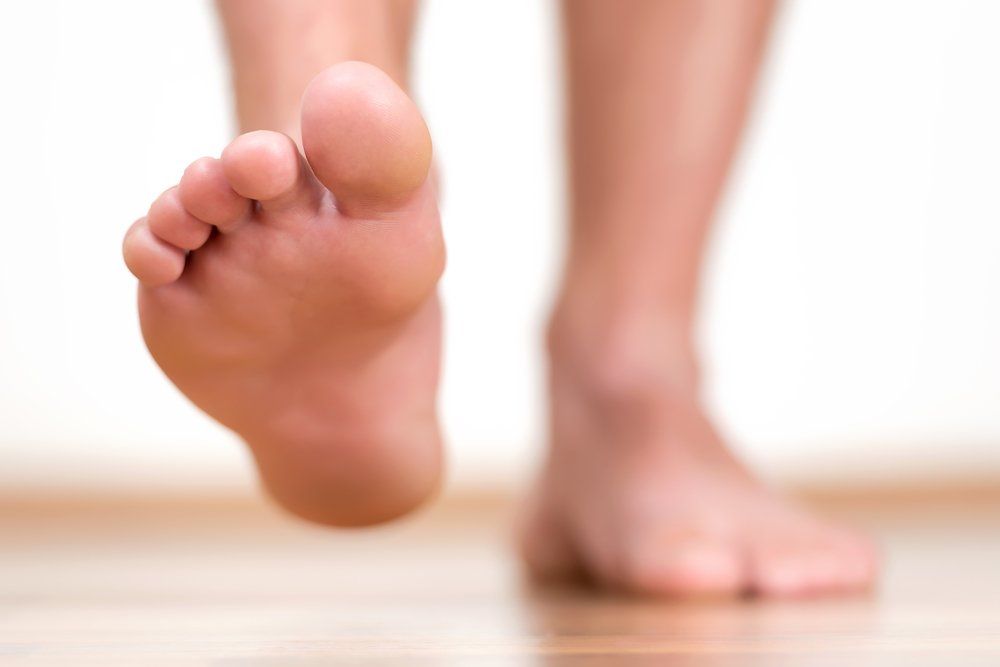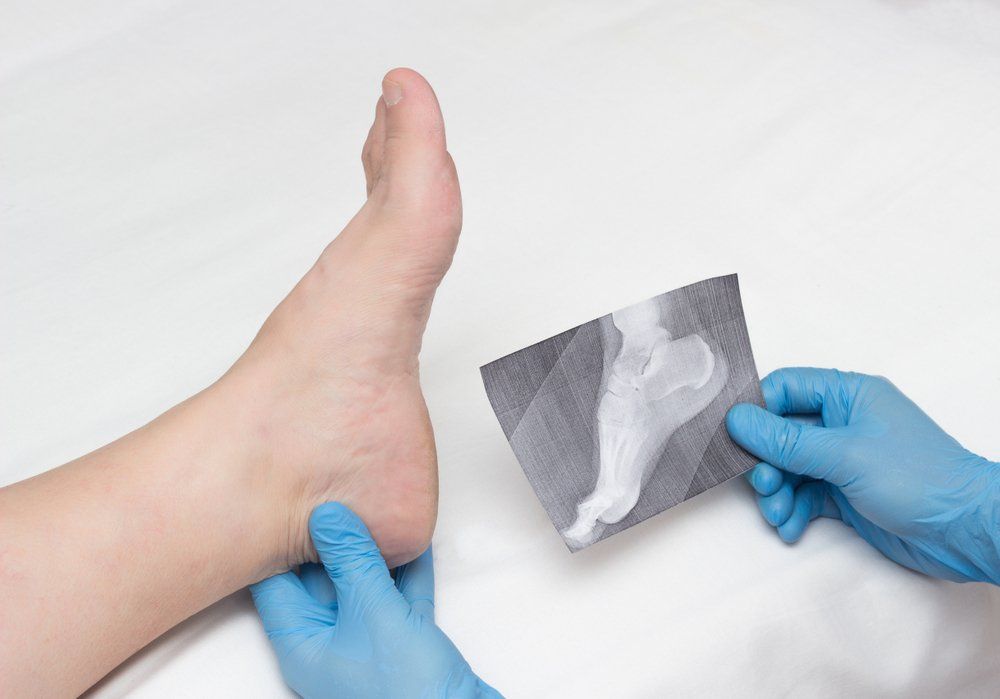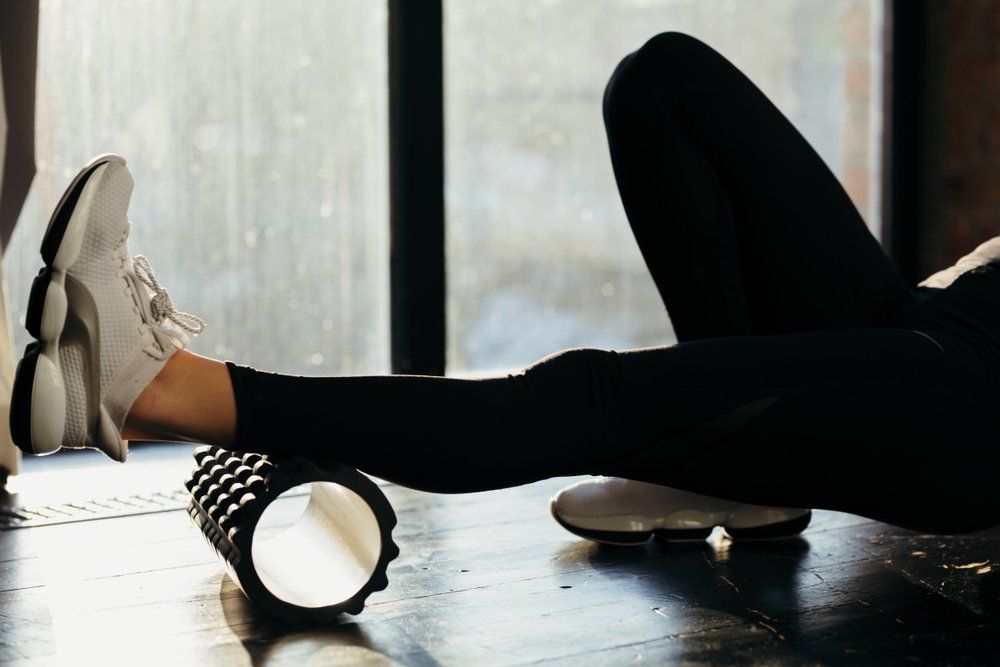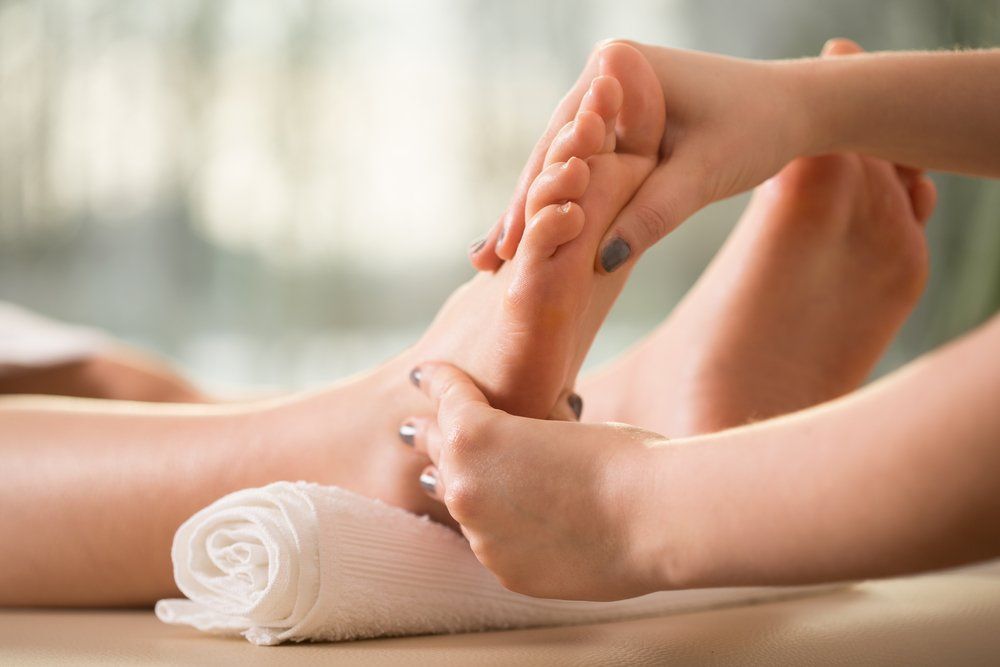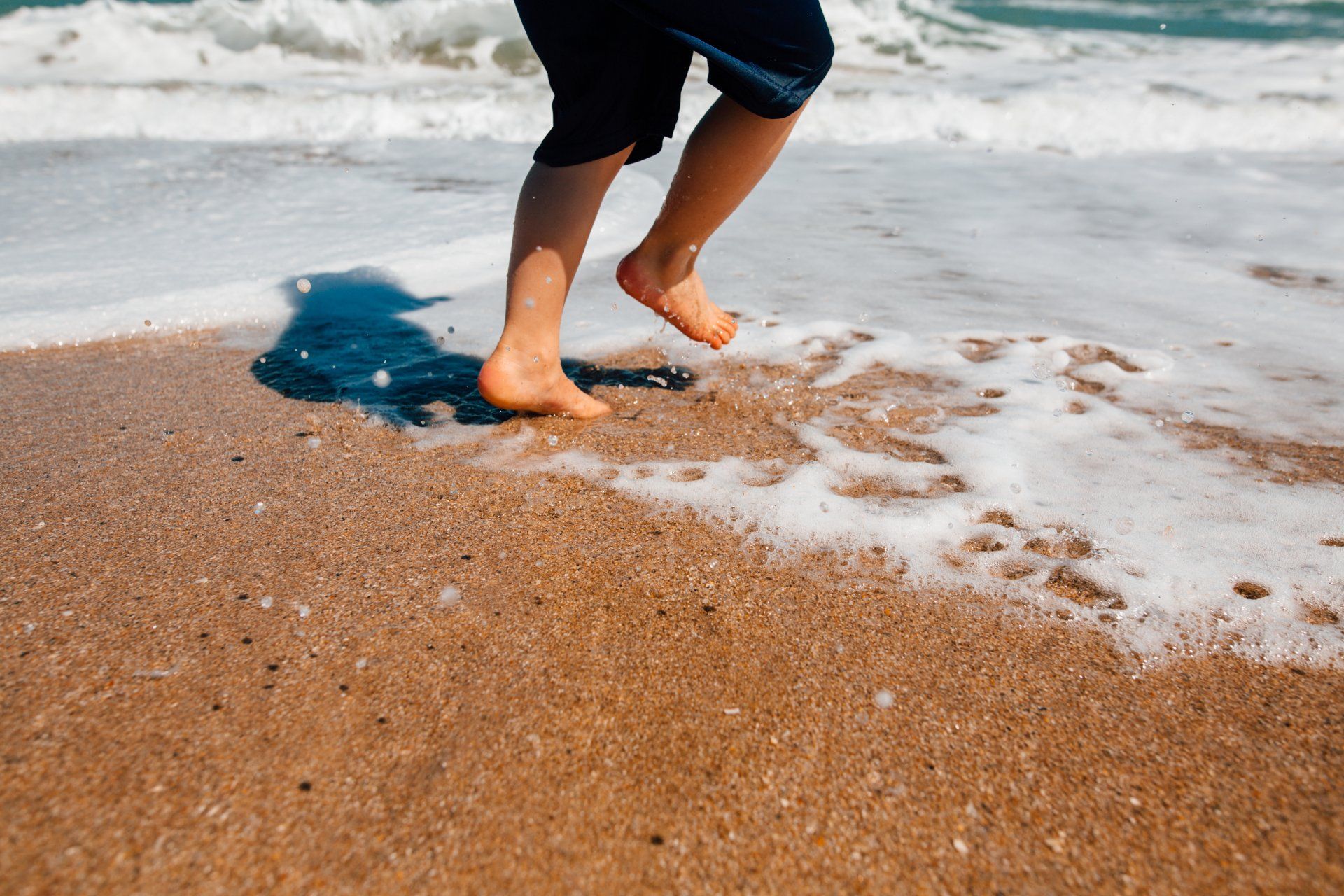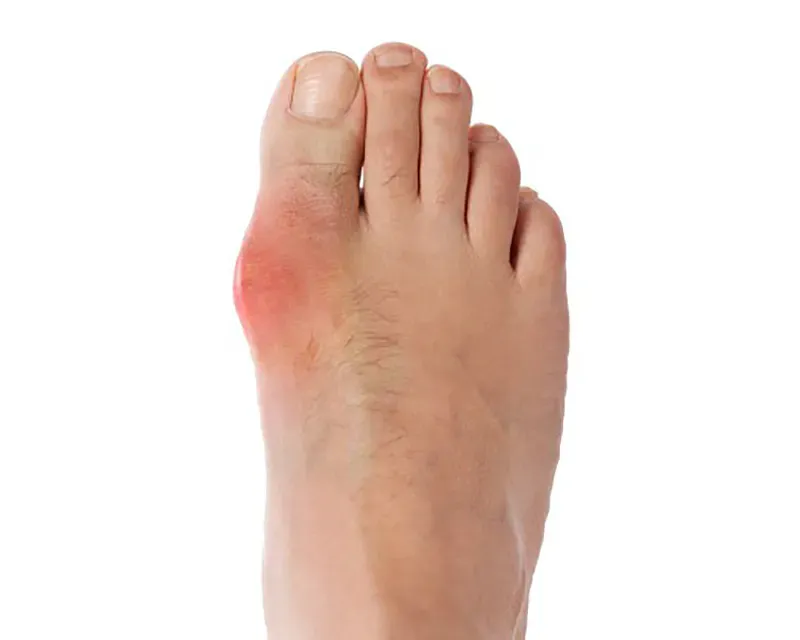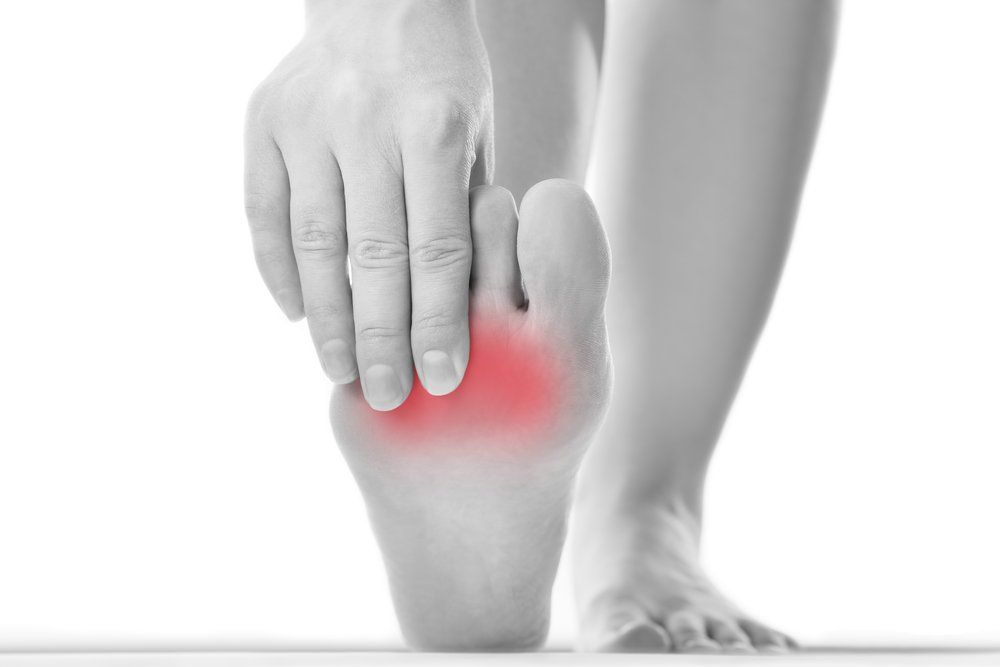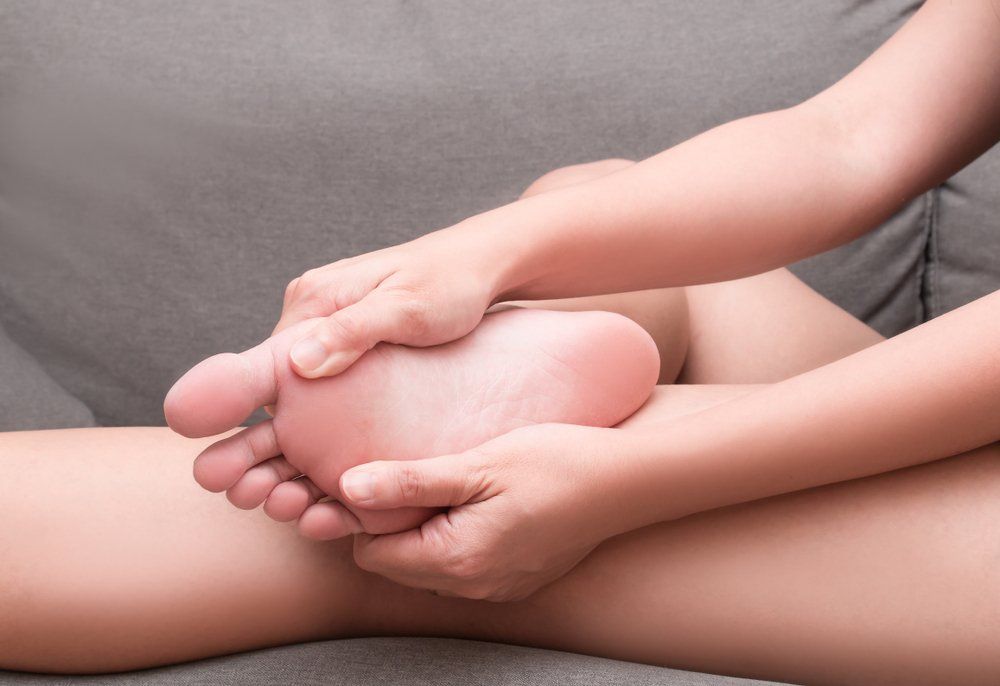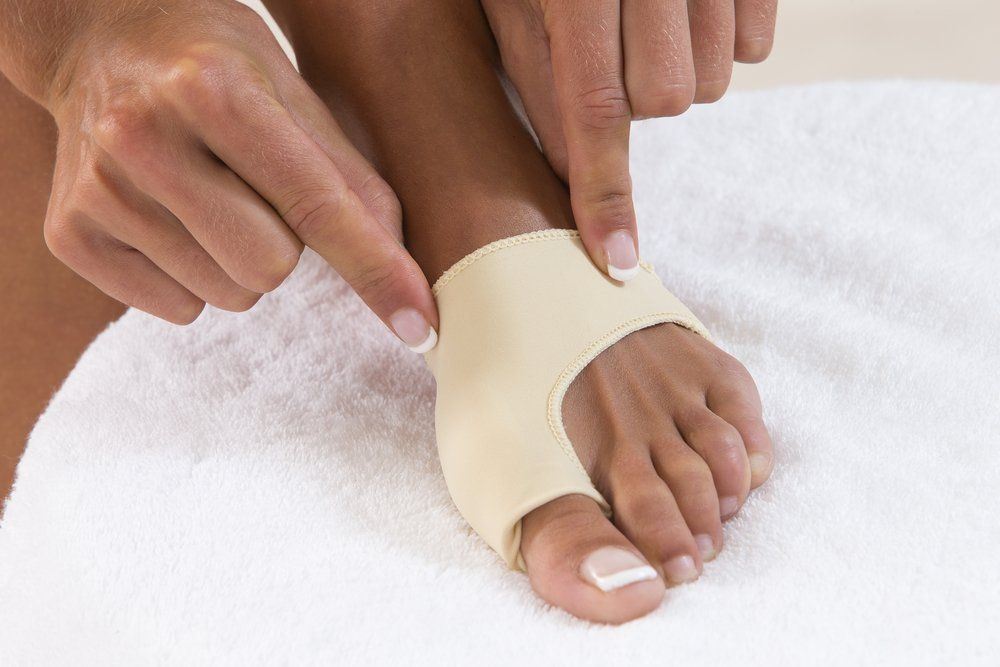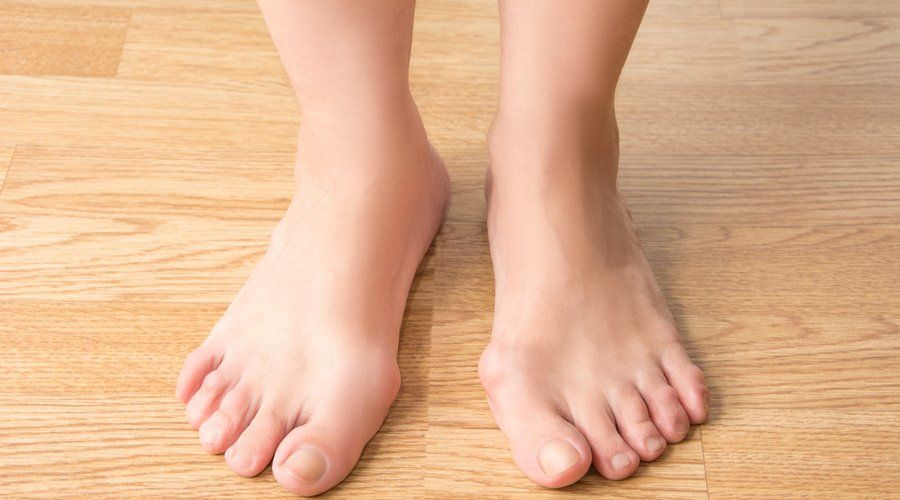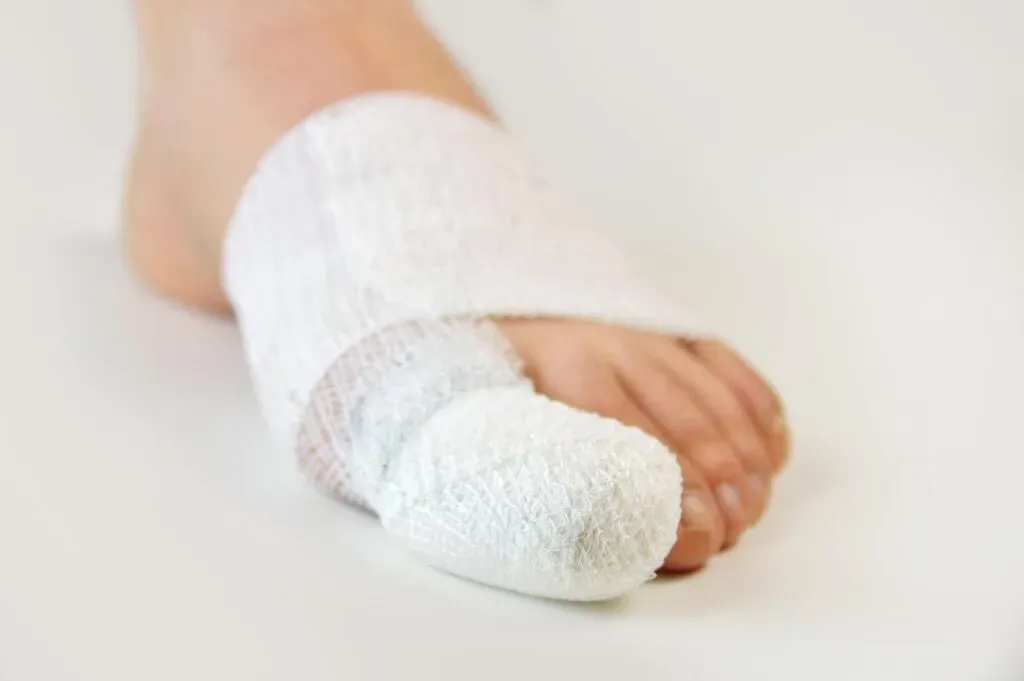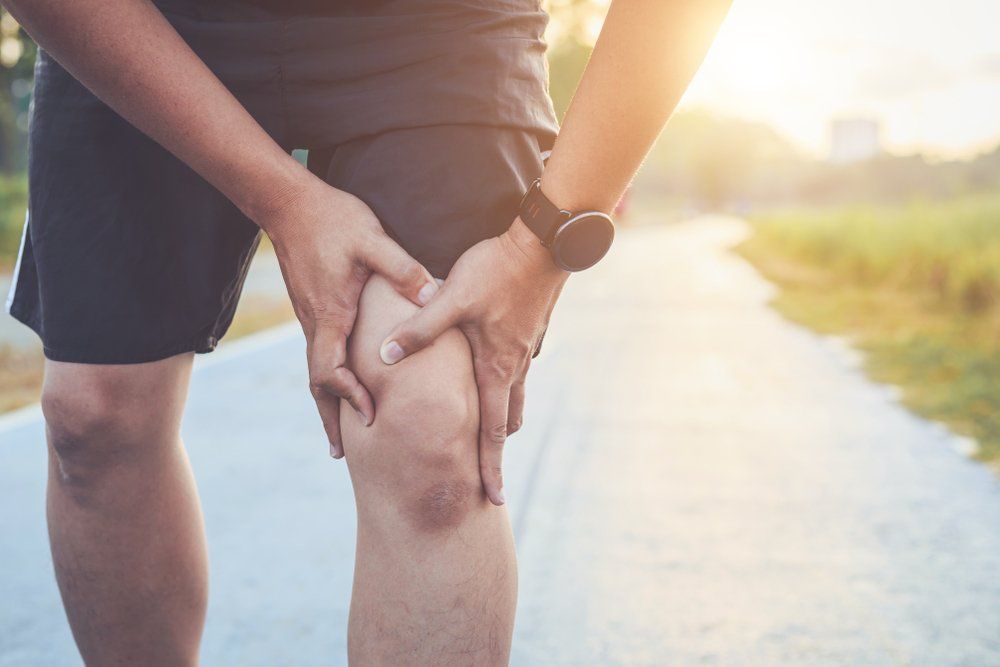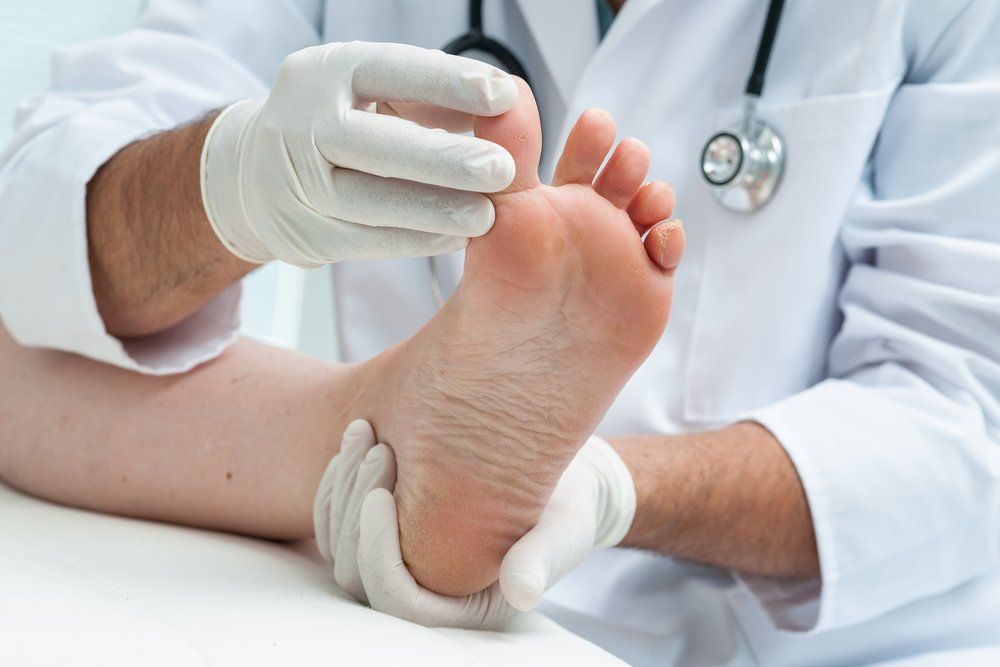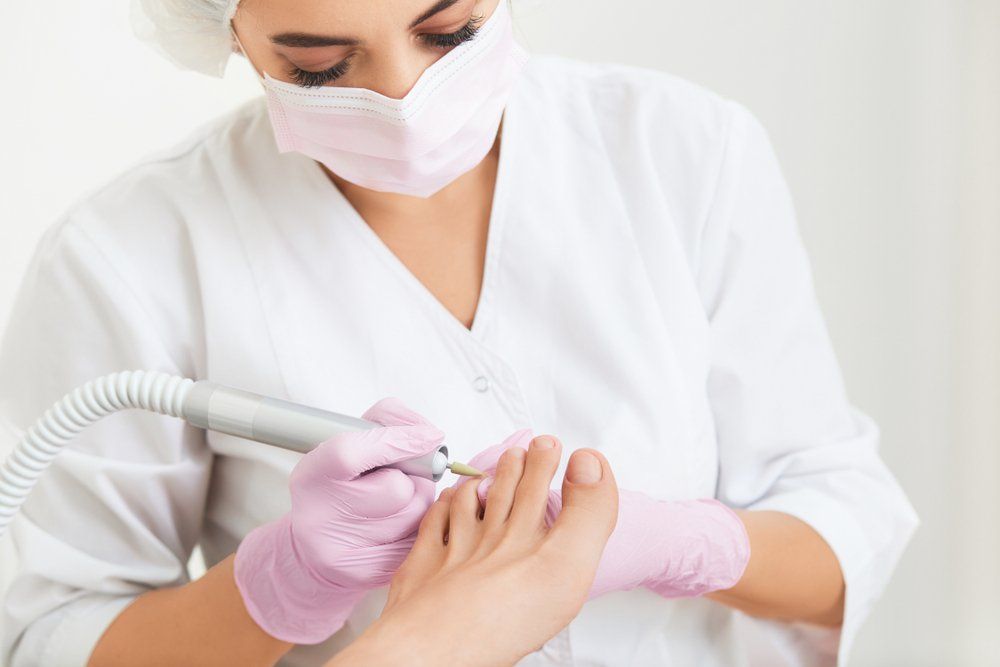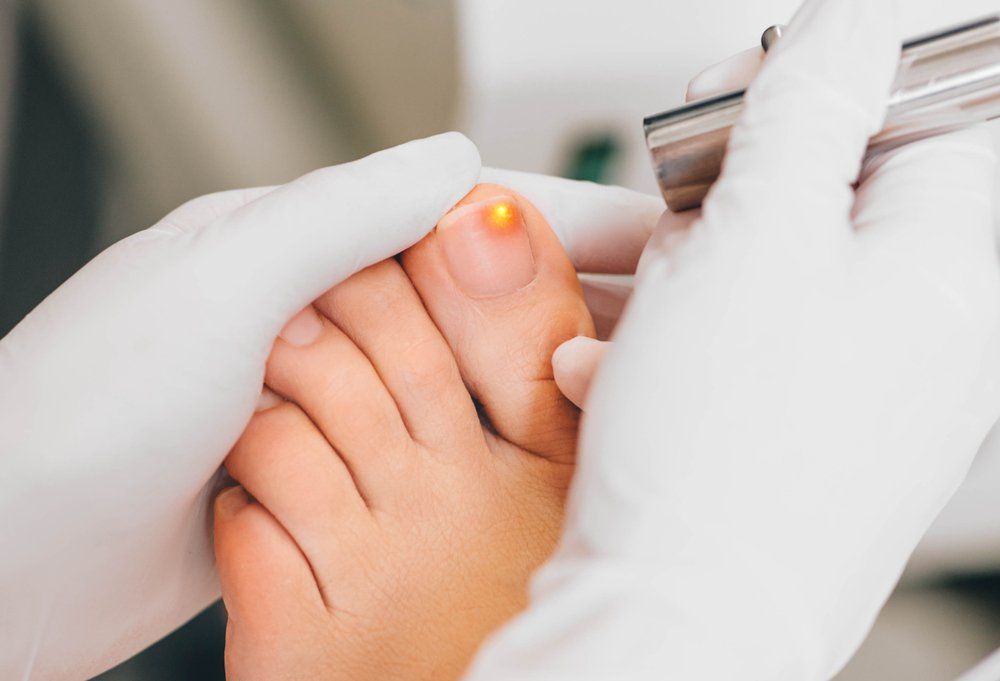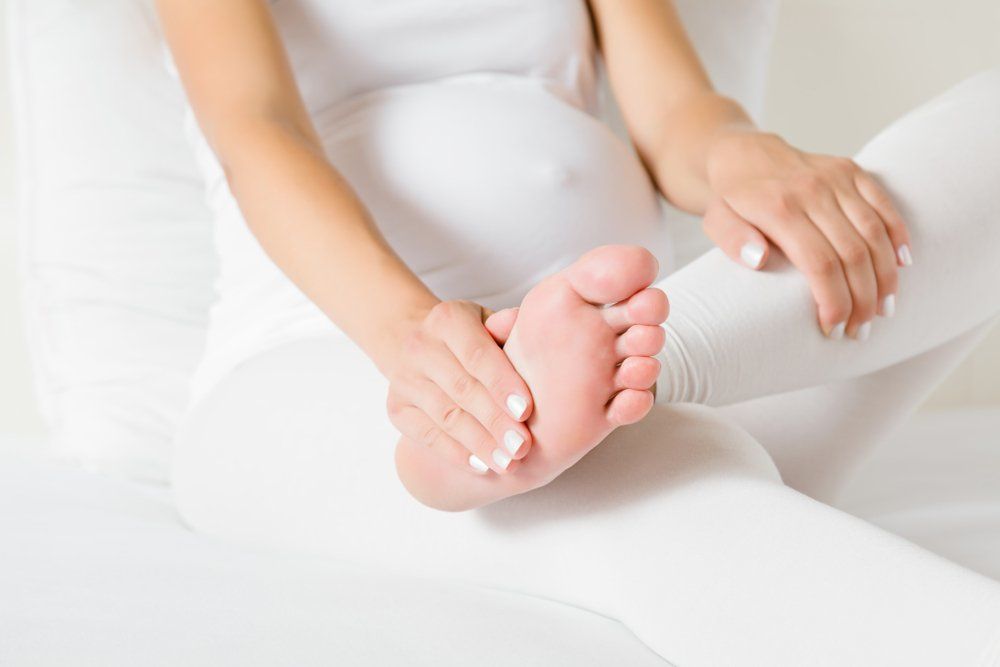Conditions We Treat
Ankle Issues
Ankle Pain Treatment
People often talk about ongoing ankle pain that affects day-to-day activities. Many of us remember the occasional injury to the ankle. In fact, painful ankle injuries often result when strength and function don’t fully return after the initial incident. While some injuries may be mild and unnoticed at first, podiatry treatments from Acacia Podiatry in Darwin can help maximise balance and performance and reduce any lingering pain.
The ankle carries a lot of force through the joint, supporting the majority of our body weight through the relatively small area of the feet. Previous injuries to the ankle can lead to underlying damage, as can poor structural alignment and repetitive stress to the bones and surrounding tissue.
- Anterior ankle impingement pain
- Chronic ankle instability
- Painful accessory bones such as Os Trigonum Syndrome
Foot Posture Issues – Flat Feet, High Arched Feet
Flat Feet (Pes Planus)
A flat foot or pes planus posture can be both problematic for some and normal for others. Our feet go through changes from an early age and usually see a formation of arch profile through growth. Adult-acquired and paediatric flat foot (pes planus) are terms given to flat feet that are deemed to have problems that are occurring or developing as a result of flat foot posture.
From causing pain to developing arthritis or affecting other lower limb joints, getting the right advice and treatment is one of our skills at Acacia Podiatry. We can help by assessing what is normal and what is abnormal foot posture, helping to ensure healthier feet.
Problems With The Heel & Arch
Achilles pain
Achilles pain and injury is a common adult complaint. Although commonly highlighted as an active injury, it present more often as an insidious chronic complaint, occurring alongside daily and work-related activities. Characterised by mostly pain in the mid-Achilles a few centimetres above the heel and also at the insertion to the heel bone (calcaneus), it is another very painful complaint that affects patients for long periods of time. Much like plantar fasciitis symptoms, Achilles pain is often increased by standing/walking immediately after rest, with aggravated symptoms after long periods of foot and ankle use.
Arthritis In The Feet & Ankles
Osteoarthritis Causes & Treatment – Arthritis – Rearfoot, Midfoot & Forefoot
Osteoarthritis is another major form of foot pain that occurs more frequently with age. As osteoarthritis can affect any joint, the foot is a key area for this due to the high loads it undertakes and the fact that there are 33 joints in each foot. Arthritis was for a long time considered as a condition to live with once it arose. While it is true there is no cure for osteoarthritis, we now know much more about the development of osteoarthritis. For instance, some people are more prone to osteoarthritis from a genetic background. It’s also now known that the disease is dynamic and constantly changing, so it can go through improved periods.
Often when managing arthritis in the feet, podiatry can group changes into three sections (rearfoot, midfoot and forefoot) due to the nature of how they occur and how they affect the feet. Examples of this are subtalar and ankle osteoarthritis in the rearfoot, midtarsal osteoarthritis in the midfoot and Hallux Abducto Valgus (HAV) or bunions in the forefoot.
- Structural issues: For all mechanical parts, different shapes can be better or worse for dealing with force. The foot is no different. Some foot features are more at risk of developing osteoarthritis in different areas. For example, the angle of the 1st metatarsal and its length, as well as the length of the big toe, can be factors for development of a bunion. Higher arched feet see an increased incidence of osteoarthritis across the dorsal (top) edges of the midtarsal joints in the midfoot.
- Environmental factors: Constant high load and injury are known factors in producing joint changes. Repetitive injury to a joint and its articular cartilage surfaces can onset osteoarthritis. Some activities and work roles can increase the risk of this occurring.
- Genetic factors: Whether it’s the inherited structure of your feet, or other factors around joint types, some people are more predisposed to developing joint changes associated with arthritis.
Stress Fractures
Stress fractures occur when inflammation and repeated injury to bony tissues continues until the outer or cortical bone forms a fracture. The original injury is called a bony stress reaction and often feels like an ache at the area of bone, usually resolving easily with rest. If the rest periods to allow healing are inadequate, this progresses to a fracture.
Forefoot
Capsulitis – Bursitis – Metatarsalgia – Morton’s Neuroma
The forefoot, like the heel, takes on huge stress for its relative size every day. This is particularly true in the Darwin climate, where we can be active all year round. Regular cushioned surfaces and footwear are often lacking compared to cooler climates. Many people experience ball of foot pain, particularly as an adult, often starting as dull symptoms that then persist. It may feel like a bruising or sharp needle-like sensation to begin with, progressing to a sharp, larger ache with tingling and shooting pains to the toes.
Knees
Knee Osteoarthritis
Knee pain is a common complaint that affects people of all ages. Knee pain may be the result of an injury, such as a ruptured ligament or torn cartilage. Medical conditions, including arthritis, gout and infections, also can cause knee pain. Many types of minor knee pain respond well to self-care measures. Physical therapy and knee braces also help relieve knee pain. In some cases, surgical consideration is an option to be discussed.
Legs
Shin Splints
Shin splints affect many walkers and runners alike and can be a frequent reason that people have to discontinue activity. Shin splints can vary in type and cause, sometimes involving the muscle and associated soft tissue and/or the bone tissue.
Skin & Nail Problems
Skin and nail issues make up a large proportion of podiatry treatments, from ingrown toenails to corns and plantar warts.
Feet During & After Pregnancy
With all the important things to manage and consider with a new baby, often there is little time to worry about your feet. At Acacia Podiatry, we help women during and after pregnancy for a number of issues that arise.
- General foot pain
- Change in foot size/shape
- Cramps
- Ingrown toenails
- Swelling
- Plantar fasciitis
- Forefoot pain
Suffering With A Complaint Not Listed Here?
Feel free to send our friendly team a message to find out what we can do to help you.



